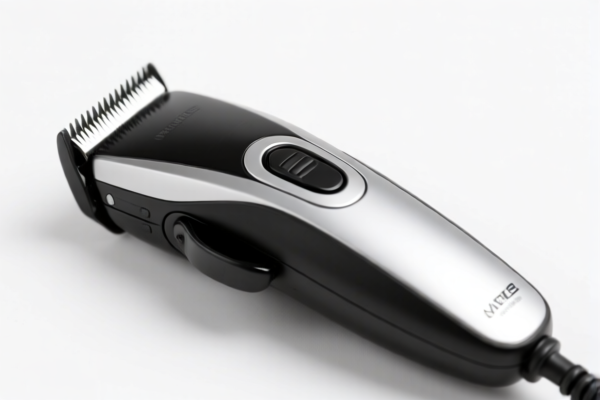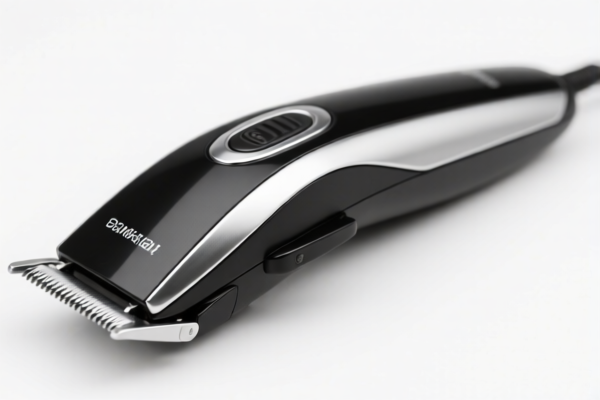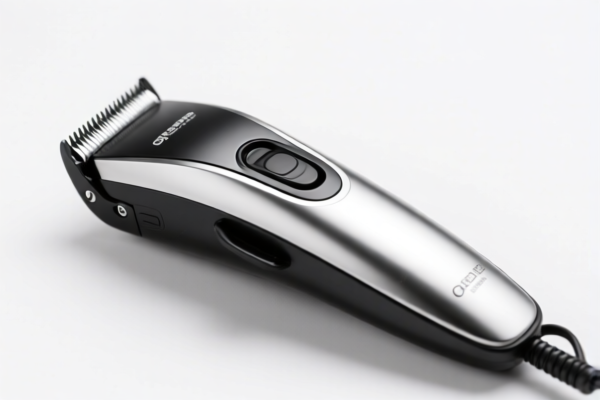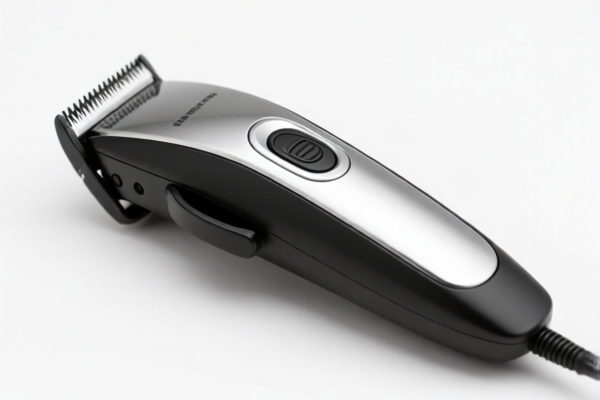| HS Code | Official Doc | Tariff Rate | Origin | Destination | Effective Date |
|---|---|---|---|---|---|
| 8465910027 | Doc | 58.0% | CN | US | 2025-05-12 |
| 8465990230 | Doc | 57.4% | CN | US | 2025-05-12 |
| 8487900080 | Doc | 83.9% | CN | US | 2025-05-12 |
| 8487900040 | Doc | 58.9% | CN | US | 2025-05-12 |
| 6701003000 | Doc | 59.7% | CN | US | 2025-05-12 |
| 6701006000 | Doc | 59.7% | CN | US | 2025-05-12 |




Wood Trimmer
A wood trimmer, also commonly known as a string trimmer, weed whacker, or line trimmer, is a garden tool used to cut grass, weeds, and other unwanted vegetation. It utilizes a rotating line, typically nylon, to achieve cutting.
Material
- Housing: Primarily constructed from plastic polymers for weight reduction and durability. Some models incorporate metal components for increased robustness.
- Shaft: Available in straight or curved configurations, made from aluminum, steel, or composite materials. Straight shafts are generally preferred for larger areas and more demanding tasks, while curved shafts offer greater maneuverability.
- Cutting Line: Usually composed of nylon monofilament. Heavier-duty trimmers may employ metal blades or thicker, specialized lines.
- Engine/Motor: Powered by either a two-stroke or four-stroke gasoline engine, or an electric motor (corded or cordless battery-powered).
- Head: Contains the spool for the cutting line and the mechanism for line feed.
Purpose
The primary purpose of a wood trimmer is to cut vegetation in areas inaccessible to lawnmowers, such as:
- Along fences, walls, and around trees.
- In tight corners and along edges.
- On slopes and uneven terrain.
- For trimming grass and weeds around obstacles.
Function
Wood trimmers operate by rapidly spinning a cutting line within a rotating head. The line strikes the vegetation, cutting it through impact and abrasion. Line feed mechanisms automatically extend the line as it wears down during use.
Usage Scenarios
- Residential Lawn Care: Maintaining edges, trimming around landscaping features, and clearing weeds from patios and driveways.
- Commercial Landscaping: Professional groundskeepers use trimmers for extensive lawn maintenance and vegetation control.
- Farm/Agricultural Applications: Clearing brush and weeds from fields, orchards, and around crops.
- Forestry/Brush Clearing: Heavy-duty models are used for clearing dense undergrowth and small brush.
Common Types
- Electric (Corded): Lightweight, quiet, and require a continuous power source. Suitable for smaller yards.
- Electric (Cordless): Offer greater mobility but have limited runtime depending on battery capacity.
- Gasoline-Powered: Provide the most power and runtime, ideal for larger areas and demanding tasks.
- Battery-Powered (Brushless Motor): More efficient and powerful than standard battery-powered models, offering longer runtime and improved performance.
- Bump Feed: The user taps the trimmer head on the ground to advance the cutting line.
- Automatic Feed: The line is automatically advanced as needed.
- Shaft Style: Straight or curved, influencing maneuverability and user comfort.
- Dual-Line vs. Single-Line: Dual-line trimmers provide more cutting power and efficiency.
- Blade Attachments: Some trimmers can accept blade attachments for cutting thicker brush and weeds.
Wood trimmers fall under machinery designed for working wood, cork, bone, hard rubber, hard plastics, or similar hard materials. Here are the relevant HS codes based on the provided information:
- 8465910027: This HS code covers machine tools for working wood, cork, bone, hard rubber, hard plastics or similar hard materials, specifically categorized as “Other” and further defined as “Sawing machines Woodworking machines: Other: Sawmill machines”. This could apply if the wood trimmer functions as a small-scale sawmill or utilizes sawing as a primary cutting method. The total tax rate is 58.0%, comprised of a 3.0% base tariff, a 25.0% additional tariff, and a 30% additional tariff effective April 2, 2025.
- 8465990230: This HS code also covers machine tools for working wood, cork, bone, hard rubber, hard plastics or similar hard materials, categorized as “Other” and further defined as “Other Woodworking machines: Other”. This is a broader category that could apply if the wood trimmer doesn’t specifically function as a sawmill but is used for general woodworking purposes. The total tax rate is 57.4%, comprised of a 2.4% base tariff, a 25.0% additional tariff, and a 30% additional tariff effective April 2, 2025.
It is important to note that the additional tariffs of 25.0% and 30% (effective April 2, 2025) apply to both HS codes. The specific classification will depend on the precise function and application of the wood trimmer.
Customer Reviews
No reviews yet.